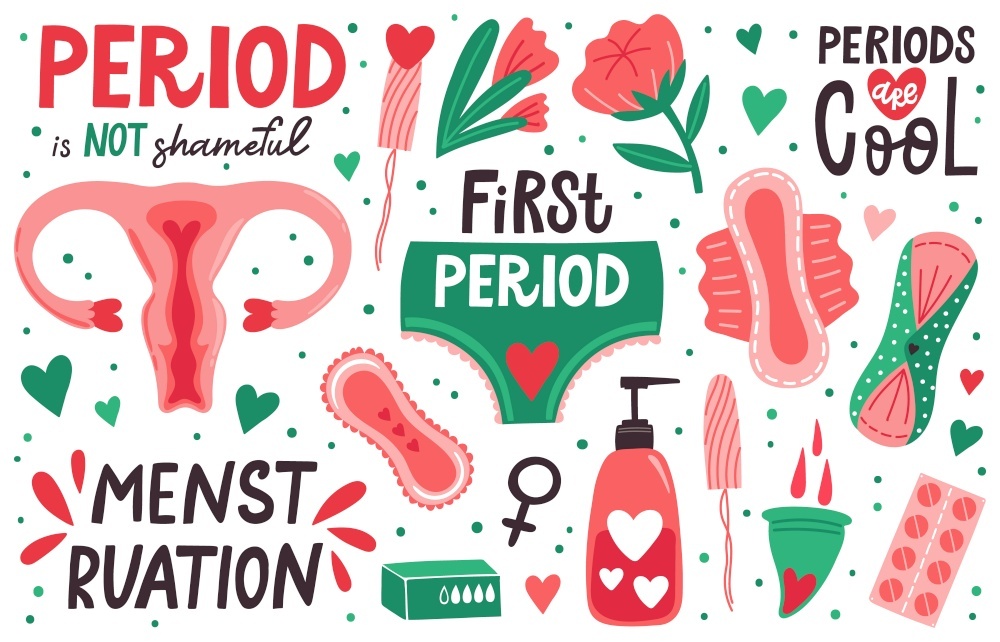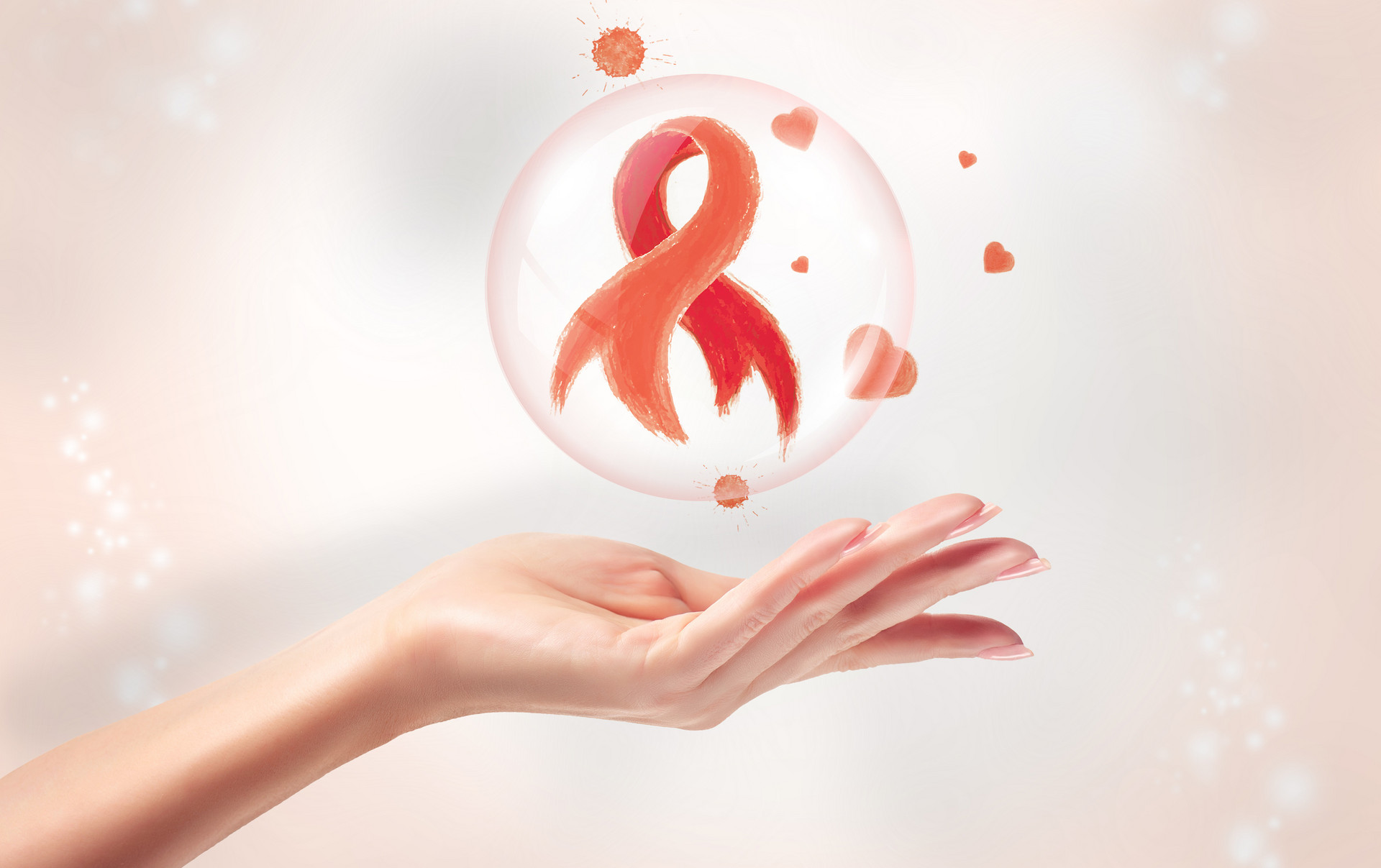The incidence of breast cancer has been on the rise. According to a recent study in the UK, female infants with larger birth sizes, especially longer body lengths, have a much higher risk of developing breast cancer compared to infants with normal sizes.

Researchers analyzed the lifestyle and medical history of 600,000 women, including 22,000 cases of breast cancer. The results showed a significant positive correlation between birth weight and breast cancer risk. Infants weighing over 4 kilograms had a 12% higher risk of developing breast cancer compared to infants weighing between 3 and 4 kilograms.
Further analysis revealed that these associations were mainly concentrated in birth length and adult head circumference. Birth length was found to be the most important factor.
The researchers found that infants with a birth length greater than 50 centimeters had a 17% higher incidence of breast cancer compared to infants with a length less than 50 centimeters. Women with a head circumference (measured with a soft tape around the brow ridges and the back of the head) greater than 33 centimeters had an 11% higher risk of breast cancer compared to those with a circumference smaller than 30 centimeters.
The researchers concluded that birth size can serve as a marker for susceptibility to adult breast cancer, at least in developed countries. However, they also stressed that this is only a reference factor and does not mean that infants with a birth length greater than 50 centimeters and a head circumference greater than 33 centimeters will definitely develop breast cancer. Therefore, there is no need to be overly anxious if your daughter exceeds these standards.
It is important, however, to pay more attention to other risk factors for breast cancer, such as avoiding high-fat diets and minimizing alcohol consumption and smoking.

Please note the six major risk factors for breast cancer:
1. Family history: Breast cancer is a hereditary disease, and individuals with direct relatives who have breast cancer have a 2-3 times higher risk. It is advisable for women with a family history of breast cancer to perform regular breast self-examinations and undergo periodic breast ultrasound examinations.
2. Breast inflammation or hyperplasia: Breast problems such as lobular hyperplasia and breast lumps, if not given sufficient attention, can easily lead to breast cancer.
3. Medication factors: Hormones have a significant impact on breast cancer. Long-term use of oral contraceptives during adolescence and long-term supplementation of estrogen after menopause can increase the risk of developing breast cancer.
4. High-fat diet, alcohol consumption, smoking: These behaviors increase the risk of developing breast cancer. Fat can alter hormone levels and increase the stimulation of estrogen on breast cells, thus increasing the risk of breast cancer.
5. Early menstruation: Women who experience their first menstrual period before the age of 13 have twice the risk of developing breast cancer compared to women who have their first period after the age of 17. Women who have not given birth have a significantly higher risk of developing breast cancer compared to those who have. Breastfeeding can reduce the risk of breast cancer.
6. High psychological stress: Excessive psychological stress and a negative mindset can also increase the risk of developing breast cancer.












